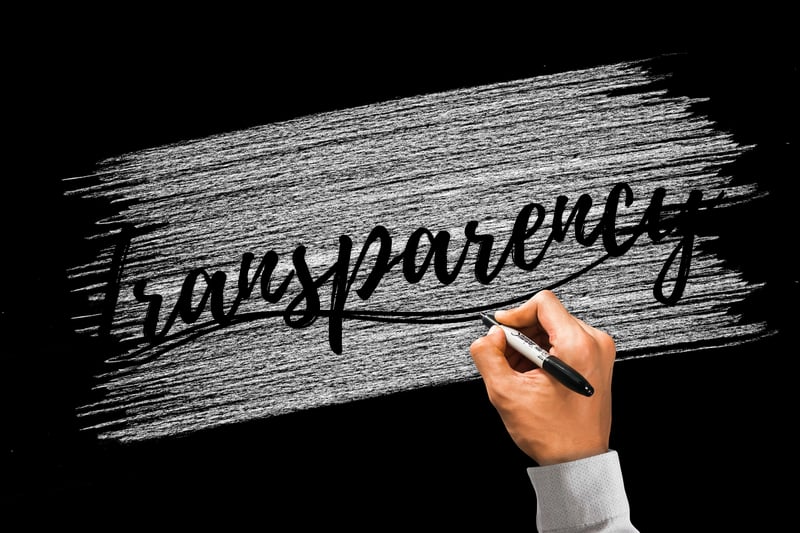Covert Disclosures
The Art of Secretive Communications and Covert Disclosures
In a world where information is constantly flowing, the ability to communicate discreetly has become more crucial than ever. Whether you are a spy, a whistleblower, or simply someone who values privacy, mastering the art of secretive communications and covert disclosures can be a powerful skill.
The Basics of Secretive Communications
Secretive communications involve the exchange of information in a manner that prevents unauthorized individuals from understanding the content. This can include encryption, steganography, or even using coded language to convey messages.
Types of Encryption
- Symmetric Encryption
- Asymmetric Encryption
- End-to-End Encryption
Covert Disclosures
Covert disclosures refer to the act of revealing sensitive information without revealing your identity. This can be done through secure channels, anonymous tips, or even through the media.
Methods of Covert Disclosures
- Whistleblowing
- Secure Drop
- Anonymous Email
Importance of Privacy
Privacy is a fundamental human right that must be protected. Whether you are a journalist working on a sensitive story, a government official handling classified information, or simply an individual who values their personal data, understanding how to communicate securely is essential.
Remember, the power of secretive communications and covert disclosures lies in the ability to protect sensitive information while ensuring it reaches the intended recipient.

Mastering these techniques can help you navigate the complexities of the digital age and safeguard your communications from prying eyes.
Stay informed, stay vigilant, and remember that sometimes, the most powerful messages are the ones that remain hidden.
